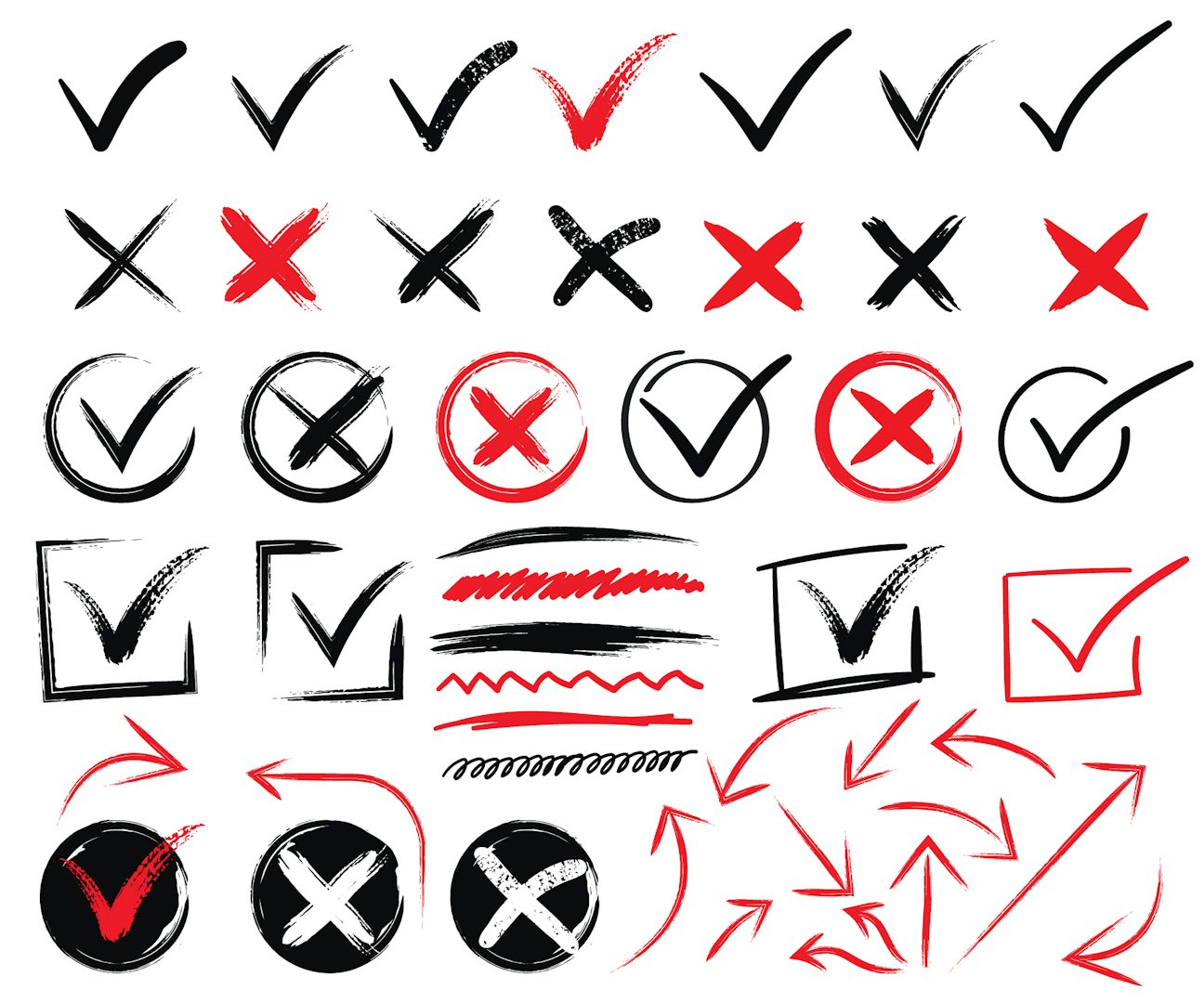How to make brand guidelines fit for purpose
Too often, brand guidelines become a straitjacket for brands, says Harbour creative partner Grant Parker. Here he explains how thinking about them differently can benefit brands in a complex world
Design agencies are paid handsomely to make pretty things. And rightly so. They have skill, talent and patience: being able to corral multi-headed sub-brands and countless contradictory stakeholder opinions into something as naked as a logo is an impressive feat.
But then, hot on the heels of the logo, come brand guidelines. The niggling bible that’s meant to keep the flock in check.
And that’s when my awe begins to dwindle. When the buffed and oiled brand guidelines in all their skimpy Speedo confidence strut off stage and get to work in the real world, it quickly becomes apparent that they aren’t really as strong as they look.
They begin collapsing, unable to carry the necessarily robust hierarchy of a 96-sheet layout, or contort to the nuanced whisperings of a long-copy press ad. They’re simply unfit for purpose. What might be an eye-catching ‘branding element’ behind a reception desk can quickly become an irritating eyesore on an Insta feed.
In my experience, brand guidelines are so often unusable because they overstretch. They can keep a brand’s branding in check but not the brand’s brand.
We all know that a logo isn’t the sum of a brand. Sure, it’s the poster boy, its peacock. The totem used to identify the brand: Prince’s symbol, Chaplin’s bowler, Leia’s buns, Nike’s swoosh. It’s the one thing – branding – that helps point to one thing – the brand. Branding dates way back to Egyptian times. A simple two-dimensional mark branded cattle to say ‘no, not that cow, this one here, this one is mine’.
What might be an eye-catching ‘branding element’ behind a reception desk can quickly become an irritating eyesore on an Insta feed
But that is all a logo is. Branding. Brand, on the other hand, is the big, scary, shapeshifting demogorgon that must seamlessly twist from shop front to shelf-wobbler, call-centre script to counter stand, packaging to a point-of-view.
It’s the entirety of the way a brand behaves. And the more consistently it behaves, the stronger it becomes. I passionately agree that “consistency is the hobgoblin of little minds” (thank you Ralph Waldo Emerson, via Mark Reddy). But I also believe a brand needs rigour to be a brand. We can’t be having golden arches in Texas but coppery coloured semi-circles in Toronto.
So, to keep a brand on brand, and my palms get sweaty typing these words, parts of brand guidelines are necessary.
In this world where ‘brand reach’ has never been ‘reachier’, these guidelines become an even more necessary evil. Brands are more omnipresent today than ever before, so their chaperones, the CMOs, know they have little control over where their babies might appear, so desperately hope the brand guidelines will control how they appear. But they don’t. They’re as old-fashioned as the archaic belief that any static rule book can prescribe all the ways that a brand now has to behave.
When we look to the fashion world, we see shining examples of glorious, living, breathing, evolving, multi-dimensional brands that stay true to their core, their North Star, regardless of who is at the helm.
Alexander McQueen is still as breathtaking and awe-inspiring today as it was before the tragic loss of the brand’s genius founder. McQueen is always ‘on brand’. This is down to every employee having a significant and unwavering understanding of what the brand is, and equally importantly, what it isn’t. So, the brand can flex without breaking. Can be rigid without growing cobwebby. Can allow the brand to behave differently without ever being out of character.
Brand guidelines should be a loosely tied corset, not a straitjacket. Strip them right back. They should only have the tangible nuts and bolts of what makes the brand, the brand
So, how do we make brand guidelines more fit for purpose? More catwalk than cat litter? I think we should always remember that they are, as the name implies, for guidance only. They should be a loosely tied corset, not a straitjacket. Strip them right back. They should only have the tangible nuts and bolts of what makes the brand, the brand. Jettison the rest.
Jettison the fluff – the “we’re a future-facing company so our typeface is italicised” nonsense. Jettison the “ensure there’s a pop of the hero colour in all photography because we own the colour red” bollocks. All this silliness should have been killed off around the same time we stopped designing logos to work in black and white so that they can show up clearly on a fax, FFS.
The quickest way to ensure that brand guidelines are useable and relevant is to think of them simply as branding guidelines. Then, ensure that everyone who needs to know, really knows and understands the essence of the brand. All those intangible bits, the North Star, the behaviours, the personality. All those magical things that made Prince more than just a symbol.
Grant Parker is creative partner at Harbour; harbour.london; Top image: Shutterstock/KN




